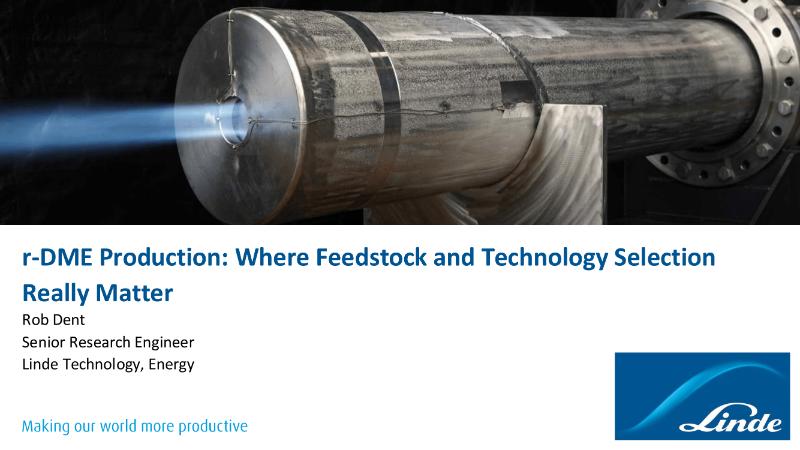
The Challenge of Hydrogen as an Energy Source
Hydrogen is frequently championed as a clean energy alternative due to its ability to produce zero carbon emissions when used as a fuel. Despite its benefits, hydrogen poses significant challenges that hinder its widespread adoption. Its low volumetric density and highly flammable nature make transportation and storage difficult, while its potential to cause material brittleness adds further complexity to handling. Overcoming these barriers is critical to advancing a hydrogen-driven energy economy.
Liquid Organic Hydrogen Carrier (LOHC) technology offers a compelling solution. By chemically binding hydrogen to organic compounds, LOHCs provide a stable, safe, and efficient means of storing and transporting hydrogen. These carriers remain liquid under normal conditions, making them compatible with existing fuel infrastructure and minimizing the costs associated with implementing new systems.
Breaking the Limitations of Conventional LOHC Materials
The efficiency of LOHC technology heavily depends on the molecular properties of the organic compounds used. Historically, the development of LOHC materials has focused on achieving sufficient hydrogen storage capacity (above 6% weight) and ensuring appropriate physicochemical properties, such as stability across a wide temperature range. However, material diversity in LOHCs has been limited, constraining the potential for performance advancements.
Recognizing these limitations, researchers at the Korea Research Institute of Chemical Technology (KRICT), led by Dr. Jihoon Park, initiated an ambitious study. Their findings, recently published in the Chemical Engineering Journal, unveil a novel method of optimizing LOHC molecules through molecular engineering. The team’s groundbreaking approach centers on modifying the position of methyl groups within the molecular structure.
Revolutionizing LOHC Molecules Through Molecular Engineering
The researchers began by revisiting earlier discoveries in LOHC material development. Since 2018, they have explored ways to enhance dehydrogenation efficiency using nitrogen-containing aromatic compounds. However, their latest work redefines the understanding of methyl group functionality within LOHC molecules.
Using both experimental and theoretical studies, the team designed a new LOHC material, BMP (2-benzyl-6-methylpyridine), by precisely controlling the position of the methyl group within the molecule. This innovation led to a material that demonstrated a 206% increase in hydrogen storage and release rate, compared to its predecessor, MBP (2-(n-methylbenzyl)pyridine). BMP also performed consistently as a pure compound, avoiding the performance variability associated with isomer mixtures.
The research team extended their advancements to commercial LOHC materials by modifying dibenzyltoluene, one of the most promising options in use today. The new design, called benzyl-methylbenzyl-benzene (BMB), achieved outstanding results. BMB increased the hydrogenation rate by 150% at 150°C while releasing 170% more hydrogen at 270°C compared to DBT (dibenzyltoluene).
Understanding the Mechanisms Behind the Breakthrough
The team also explored the chemical mechanisms that made this molecular optimization so effective. Their studies revealed that specific interactions between nitrogen-containing LOHC materials and catalyst elements like palladium (Pd) and platinum (Pt) significantly enhance hydrogen release. This deeper understanding of dehydrogenation mechanisms paves the way for future refinements in LOHC design.
Dr. Jihoon Park summarized the impact of the research, stating, “Our work allows precise control over the placement of functional groups like methyl groups within LOHC materials, unlocking new potential for hydrogen storage systems. These findings not only highlight the capability of improved LOHCs but also establish a framework for designing next-generation materials.”
Implications for the Hydrogen Economy
This breakthrough represents a significant step forward for hydrogen storage and transportation infrastructure. By increasing both the efficiency and energy output of LOHC systems, these optimized materials address key challenges in hydrogen adoption, such as cost and scalability.
The ability to use existing fossil fuel infrastructure further enhances the practicality of LOHC technology. Unlike alternative methods requiring highly compressed or liquefied hydrogen storage systems, LOHCs streamline implementation within current transportation and distribution networks. This lowers barriers for industries looking to transition to hydrogen as a primary energy source.
Current Applications and Future Projections
While these discoveries are still advancing toward full-scale industrial application, they offer immediate benefits. Existing LOHC systems can adopt this molecular engineering insight to improve overall efficiency without overhauling their designs. For example, the BMB material could be used to upgrade transportation fleets for hydrogen supply or integrated into fixed storage systems.
Looking forward, the widespread implementation of high-performance LOHC materials hinges on scaling up production processes and refining catalyst designs. Researchers believe that within the next decade, optimized LOHC systems could play a crucial role in hydrogen-powered transportation, energy generation, and industrial processes.
Leveraging LOHC Advancements Today
For a hydrogen-based energy economy to become reality, innovative storage solutions like optimized LOHCs are indispensable. This research provides actionable insights that bring us closer to achieving scalable, efficient hydrogen storage. By enhancing the capabilities of LOHC systems and reducing infrastructure costs, these advancements set the stage for broader adoption of hydrogen as a clean, sustainable energy source. With a clear timeline for commercialization, this technology could soon bridge the gap between ambition and application, powering a cleaner future for industries and individuals alike.








